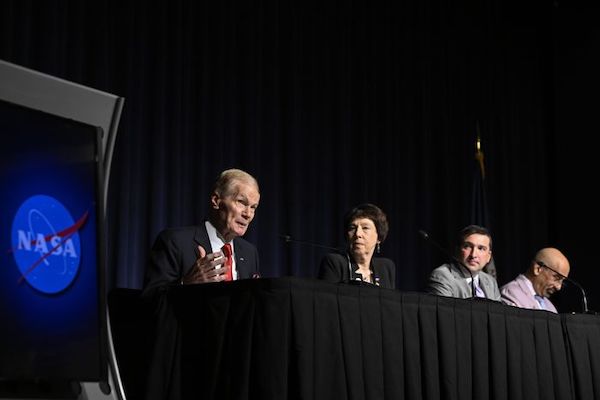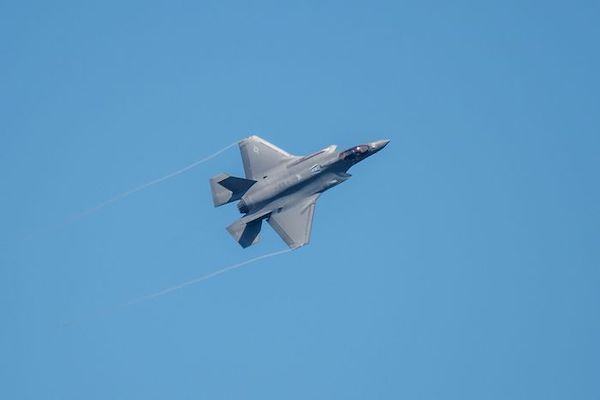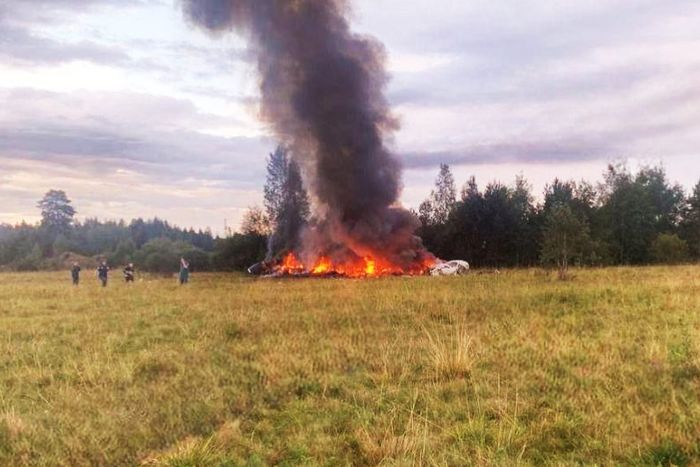The video is subtle. A small, regular chip of stonelike material as wide as the end of a ballpoint pen rests on a flat metal surface. But it’s not resting, exactly: While one end touches the metal, the other end floats above the surface, and when pushed it bobs like a cork. It’s levitating.
If the physical scale of the phenomenon was small, the response by science enthusiasts was anything but. “Today might have seen the biggest physics discovery of my lifetime. I don’t think people fully grasp the implications,” a former Princeton physics undergraduate named Alex Kaplan tweeted. The tweet has since been viewed 30 million times.
The video was attached to one of a pair of papers published by a team of researchers from South Korea on July 22 on the Arxiv preprint server, a site where scientists can post papers that haven’t yet been through the peer-review vetting process. They described the results of experiments conducted with LK-99, a lab-made substance containing lead, oxygen, phosphorus, and sulfur. (The name derives from the initials of its inventors and the year they created it.) The levitation could be explained by the Meissner effect, a characteristic of materials that are superconducting, meaning they carry electrical current without any resistance. The authors made no bones about what they thought they’d found, titling one of their reports “The First Room-Temperature Ambient-Pressure Superconductor.” This was no modest claim; scientists have spent decades searching for a substance that is superconducting under normal, day-to-day conditions, and finding one would have a revolutionary impact on a wide range of industries. “Our new development will be a brand-new historical event that opens a new era for humankind,” the authors concluded.
The story spread far and wide, from Twitter, Tik Tok, and Twitch to everymainstream publication. One of the science influencers touting LK-99’s incredible potential was San Francisco–based applied physicist Andrew Cote, who tweeted, “if successful LK-99 would be a watershed moment for humanity easily on-par with invention of the transistor.” His tweets, too, received millions of views.
As the news spread, so did optimism. For a time, one online betting market was posting better-than-even odds that the superconductor claims would pan out.
But would the findings prove replicable?
Continue reading New York: The Floating Speck That Promised to Change the World






